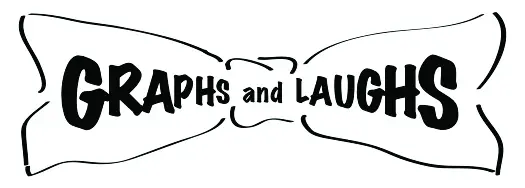70 Words
The Friday File: 3% of gamblers provide 50% of casino revenues, and 10% of gamblers provide 80% of all revenues. Over a two year period, among the 10% of customers who gambled least, 17% wound up ahead, while just 5.4%…
Read MoreFor the Fed to taper their purchases of Treasuries and MBS, GDP growth needs to be above 2.5%, net new job growth needs to approach 200,000/month, the annual inflation rate should be nearing 2%, and the unemployment rate should be…
Read MoreWhile corporate tax reform is admittedly a longshot, here are two ideas that should rank high in any effort. Eliminate the business deduction for interest payments so that debt would not have more favorable tax treatment than equity. Second, require…
Read MoreIndustrial production (IP) is now less than 1% below where it was before the start of the Great Recession. The decline in production was 17%, and so far it’s taken us 70 months to almost recover. By comparison, it took…
Read MoreWith year-over-year inflation in Europe running at just 0.7%, and core inflation at a record low of 0.8%, the European Central Bank should seriously consider an interest rate cut at their meeting this Thursday. While it won’t improve weak bank…
Read MoreThe Friday File: Despite the tremendous economic and political strides made by women in many sectors of the economy, they remain shockingly underrepresented in corporate crime. Between 2002 and 2009, fewer than one in ten defendants was a woman. Moreover,…
Read MoreThe latest economic treat, the budget deficit fell to just 4.1% of GDP in 2013, the lowest level since 2008. Revenues were 16.7% of GDP, while expenditures were 20.8%. Rising revenues accounted for 79% of the deficit decline in 2013.…
Read MoreQE is not “printing money” as it does not increase the amount of money in circulation. Handing out $100 bills would be printing money. By purchasing Treasuries and MBS, the Fed raises the price of those securities and thus lowers…
Read MoreIn recessions between 1950 and 1982, GDP always fell by more than employment, and as a result productivity per worker declined. Starting with the 1990-91 recession, things reversed. In that recession, GDP declined 1.2% yet employment fell by 1.7%. In…
Read More